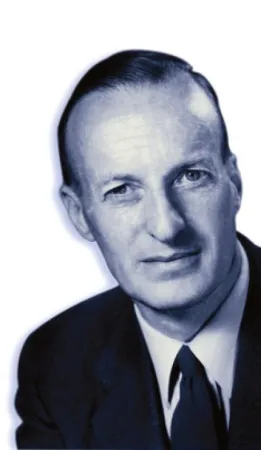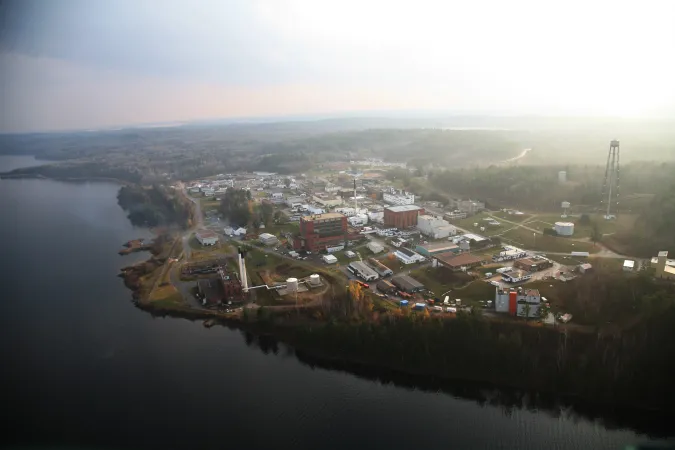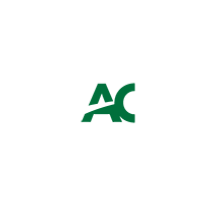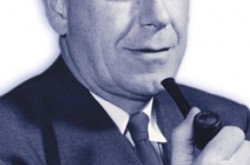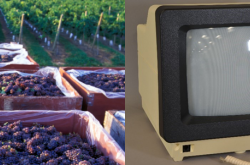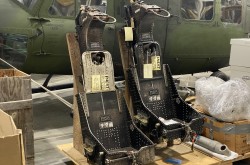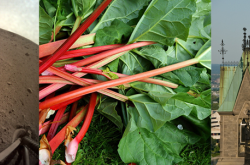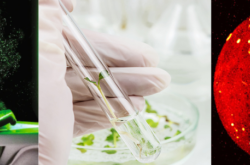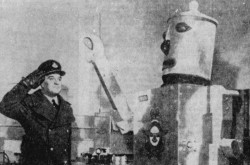Harnessing a power: the story of the second nuclear reactor
This article was originally written and submitted as part of a Canada 150 Project, the Innovation Storybook, to crowdsource stories of Canadian innovation with partners across Canada. The content has since been migrated to Ingenium’s Channel, a digital hub featuring curated content related to science, technology and innovation.
Bryson Masse
Algonquin College Journalism Program
As the curtain of World War II fell over Europe, George C. Laurence began working against the clock to harness the future of energy and warfare. He was going to build the world’s second nuclear reactor.
Born in Charlottetown, P.E.I., Laurence graduated from Dalhousie University with a bachelor’s and master’s in physics. After completing his doctorate in England with the greatest minds in nuclear research, Laurence returned to Canada in 1930. He began working with the National Research Council of Canada to create a uranium-graphite nuclear reactor. He attempted to build the device in 1939, years before Enrico Fermi’s Chicago Pile-1 went critical – sustaining a true fission chain reaction.
Later, Laurence was teamed with European scientists who escaped the horrors of the war. The work of the so-called Montréal Laboratory meant that the Allies were able to harness nuclear energy before the Germans could build an effective prototype. Laurence developed a successful reactor in 1945 when the Zero Energy Experimental Pile came online in Chalk River, Ontario. But unlike its American cousins, the reactor and its successors were never used to create weapons. Instead, Canada had become a leader in creating peaceful applications for nuclear technology.
Laurence’s contributions were key to creating a world where we can fight cancer and power our cities while not using limited natural resources. Laurence died in 1987 and was inducted into the Canadian Science and Engineering Hall of Fame in 2010.



